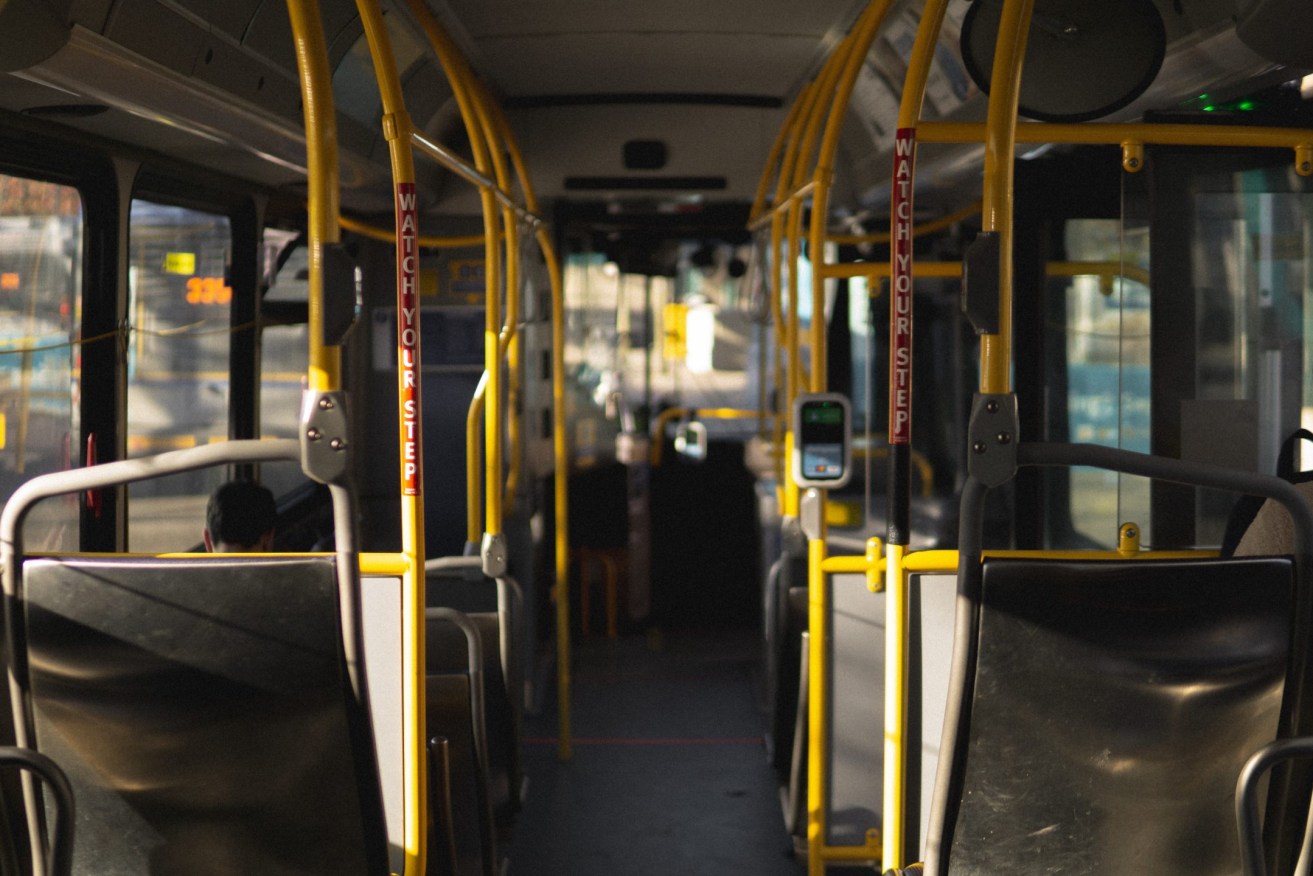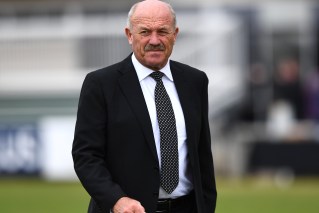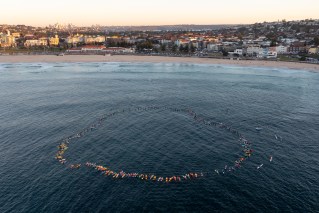Workers not afraid of return to CBD, just the transport to get there
Workers are not avoiding a return to the CBD offices, they were avoiding the public transport that took them there, according to a study by Roy Morgan.


Brisbane residents were staying away from public transport. (Image: Unsplash, euisun)
Using movement data that UberMedia gleaned from mobile phones, Roy Morgan found that about 67 per cent of the pre-COVID movement had returned to the Brisbane CBD.
That was considerably higher than Melbourne (52 per cent) and Sydney (56 per cent), but both of those cities were improving rapidly and were at 12-month peaks.
Adelaide was the best at 94 per cent, also a 12 month high.
“The one exception is the Brisbane CBD in which movement levels were at 67 per cent of pre-COVID normal last week as the city was still recovering after hitting a low of 30 per cent of normal during the recent three-day lockdown of Greater Brisbane,” Roy Morgan chief executive Michelle Levine said.
She said more than a year after the COVID-19 pandemic began, movement levels in Australia’s capital city CBDs were still well below pre-pandemic levels.
“Movement levels in Australia’s capital city CBDs plunged over the Easter period as many Australians holidayed for the first time since the COVID-19 pandemic began. However, the recovery in movement levels after the Easter break sees many cities at multi-month highs and the Melbourne CBD and Adelaide CBD now have their highest levels of movement since the nation-wide lockdown was introduced in late March 2020.
“The recovery in movement levels in the week after Easter is a positive sign for retailers in capital city CBDs who have been amongst the hardest hit by the COVID-19 related restrictions.
“A big issue set to face Australia’s cities as workers return their city offices in higher numbers is the use of public transport compared to the use of cars.
“Many commuters understandably regard tightly packed public transport as a riskier way to travel to work in the era of COVID-19 compared to the perceived safety of driving one’s self in and avoiding close contact with others.
“Roy Morgan’s public transport figures for 2020 show a big plunge in usage during the year as people were locked down and working from home and only a slight recovery over the last few months of the year as restrictions eased.
“The increased reliance many now have for driving rather than catching public transport is likely to lead to increasing problems of ‘gridlock’ on our roads – particularly in the larger cities of Sydney and Melbourne.”
Translink said public transport across southeast Queensland was at about 70 per cent of pre-pandemic levels. In early March there were more than 500,000 trips on the SEQ public transport network in a single day for the first time since COVID-19.
It has introduced cleaning and sanitisation of vehicles and stations across all transport modes and customers can use the service capacity tracker to view a forecast of how full their train, bus, tram or ferry service is based on the previous 28 days of data.












